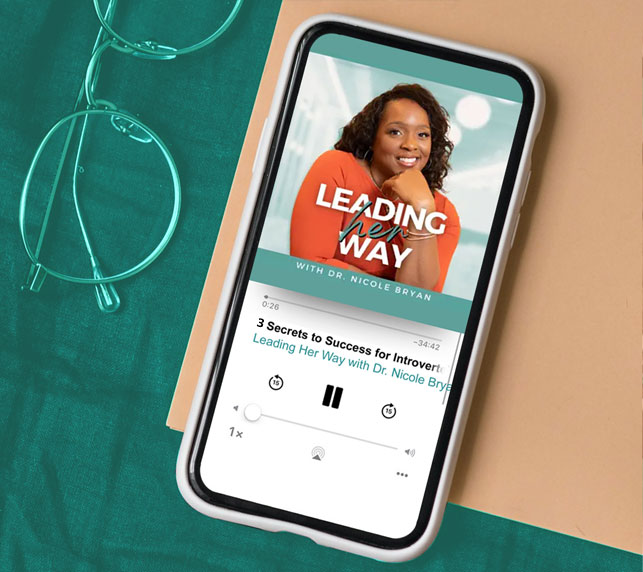What is person-organization fit? And why is it important?
Have you ever had a boss or a recruiter tell you that you may not be a good fit for the company?
Or maybe you’ve given poor fit as your reason for leaving a department or organization?
It may sound like a bunch of hoo-ha at first, but person-organization fit is real and extremely important.
From your perspective, it can be hard to define or clearly determine fit.
And it certainly doesn’t help that many aspects of fit are intangible.
But when you ask a question like “Is this the right company for me”, 9 times out of 10 you’re talking about fit.
What is person-organization fit?
According to the Graduate Management Admissions Council (GMAC), person-organization fit is “how well an individual’s work style and work-related values sync with the overall culture and norms of an organization”.
Put in a simpler way, if your values are similar to the company’s and the way you work is similar to what the company expects from you, then that is considered to be a “good fit”.
For you, day-to-day will feel as if you don’t have to pretend to be someone you are not when you’re at work.
Also, you will feel a high level of pride in the organization and the direction that it is heading.
Culture plays a huge role in this. Both the organization’s culture and your culture too.
Meaning that who you are, your values, how you grew up, your education – essentially everything that makes you….well, you – all of that comes with you to your job and career.
The same goes for an organization.
The company has stated (and unstated) values, work processes, preferred ways of how to work that is a collection of all the employees and is heavily influenced by the leader of the company, how old the company is, customers/clients, etc.
Why is person-organization fit important?
Fit is often front of mind during the recruiting and hiring process.
When you are looking for a job, most companies will interview you for both your ability to do the work needed in the role and how you will fit in with the team, department and broader company.
You probably have evaluated businesses the same way, without explicitly thinking about it.
If you’ve ever walked into a place – retail store, restaurant, office building, car dealership, post office, or anywhere – and said to yourself “I could never work here”.
You’ve said that because something you saw or experienced in that setting sent off alarm bells for you that it would not be a “good fit”.
Maybe you’ve even experienced a similar feeling during a job search.
In your interview with the recruiter or hiring manager, something they said or did made you question whether you would really like working there.
That was probably your “not a fit” signal.
So, you can see why person-organization fit is important.
Because when there is a misalignment between what you want and need from your work environment and what an organization offers, it can be at best uncomfortable and at worst a very miserable experience.

How To Assess Person-Organization Fit For Yourself?
If you’re wondering whether an organization is a good fit for you, the very first thing you should do is determine what your top 3-5 absolute must haves are in a position or company.
If you’ve never done this before, I strongly encourage you to take 5-10 minutes and do it right now.
Step 1: Reflect and Answer the question: “What do I need (versus want or prefer) from my employer to deliver my best work and have a high level of satisfaction?”
For example, my top 4 “absolute must haves” from any organization are that it must :
- Consistently demonstrate that it values employees
- Be mission-based
- Sell a product or service that I personally use and thus will advocate for (and be proud of)
- Be lead by a senior executive team that I respect and trust
Note that paying high salaries is not explicitly on my list. In reality, it was on my list 10 years ago, but isn’t now given where I am in my career.
However a company that offers top of the range compensation may be extremely important to you at the moment.
And if it is, it should go on your list.
Step 2: Investigate alignment between your “absolutely must haves” and what the organization offers.
If you already work for the company, this is easier to accomplish. But even if you are in the interview stages or are considering working for the organization, you can conduct a thorough investigation. What you are looking for is evidence. Evidence that proves the organization also values and offers what is on your “absolutely must have” list. Look for:
- Evidence in writing (formal statements, employee handbooks, values, mission, official, policies, company website, etc) AND
- Evidence in your or other people’s experiences (informational interviews, GlassDoor, etc.)
It is not unheard of for a company to formally state one thing but formally or informally do something different.
CLIENT EXAMPLE: One of my coaching client’s feels very strongly about U.S. politics. She doesn’t want to work for any organization that will attempt to directly or indirectly influence her political beliefs. Even beyond that, she wants to feel confident that her work environment will not “side” with any particular party over another. This was reinforced for her during the most recent presidential elections. So, when she was job searching in the past year, she asked about the company’s political affiliations during her interviews. She also did a lot of research on the companies beforehand to review their political affiliation histories. This was so important to her that for the publicly traded companies she considered, she searched through their financial public records to see if or when they contributed to political campaigns or government agencies. With one of the six companies, she found clear discrepancies between their formally stated political position and how they handled things informally. And she quickly took herself out of the running for that management role.

Step 3: When all else fails, you have to trust your gut when it comes to person-organization fit.
In other words, if you are feeling uncomfortable, “off”, or wary of an organization or one of it’s representatives (including your boss), don’t disregard your intuition.
It’s a sign that further investigation needs to take place.
Or if the discomfort is so high that it can’t be ignored, you may need to walk away.
You should always try to validate.
But in the rare instances when it is not possible to get as much proof as you want, you may have to move forward and act in the way that best serves you.
Final Thoughts.
Person-organization fit is a two-way street.
You have as much right to feel an alignment with a company as the company does with you.
In fact, since person-organization fit is one of the primary predictors of satisfaction and engagement on the job, it is in your best interest to ensure there is a strong alignment between what your organization offers and your absolute must haves.



